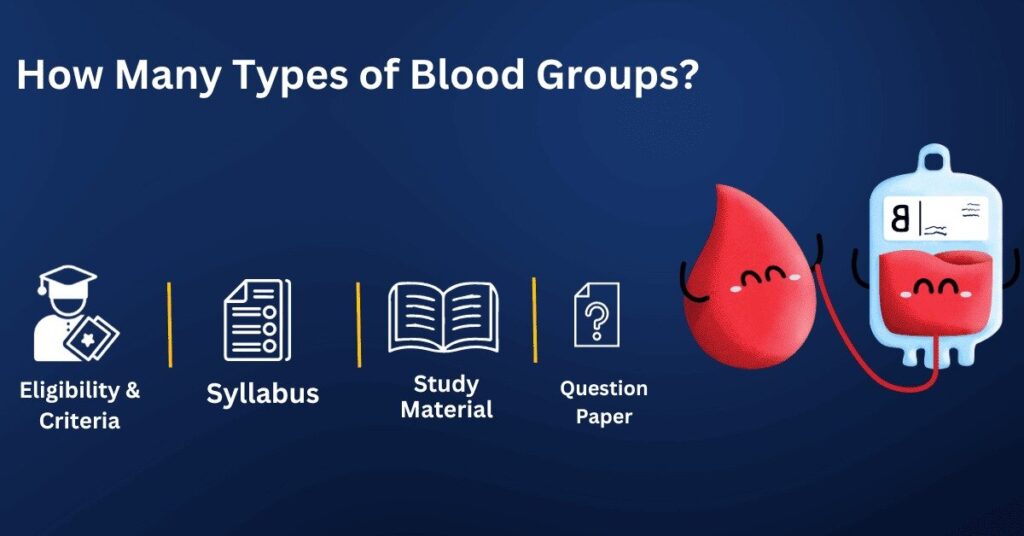Sky Tutorials is a renowned coaching institute in Varanasi that specializes in preparing students for competitive exams like NEET, IIT-JEE. Their expert faculty and comprehensive study material have helped students achieve their dreams of getting into top medical and engineering colleges.
If you are looking for the best NEET coaching in Varanasi, Sky Tutorials should be your top choice. Their NEET coaching program is designed to cover all aspects of the syllabus, provide regular tests and assessments, and ensure that students are well-prepared for the exam. The faculty at Sky Tutorials is experienced and dedicated to helping students achieve their goals.
In addition to NEET coaching, Sky Tutorials also offers JEE coaching, , and other programs to help students excel in their academic pursuits.
Sky Tutorials – Best NEET Coaching in Varanasi | JEE Coaching
Looking for the best NEET coaching in Varanasi? Look no further than Sky Tutorials. Our expert faculty, comprehensive study material, and regular tests and assessments ensure that our students are well-prepared for the exam. We also offer JEE coaching, Olympiad coaching, and other programs to help students excel in their academic pursuits.

Introduction:
As fascinating as the circulatory system itself, the diversity of human blood groups has long intrigued scientists and medical professionals. Our blood, a lifeline coursing through our veins, is classified into distinct groups based on the presence or absence of certain antigens and antibodies. Let’s unravel the mystery of blood groups and understand the crucial implications they hold for medical practices.
The Basics of Blood Typing:
Human blood is primarily categorized based on the ABO system and the Rh factor. The ABO system classifies blood into four main types: A, B, AB, and O. Each blood type is characterized by the presence of specific antigens on the surface of red blood cells.
1. Type A:
Individuals with type A blood have A antigens on their red blood cells and anti-B antibodies in their plasma.
2. Type B:
Type B individuals have B antigens on their red blood cells and anti-A antibodies in their plasma.
3. Type AB:
Those with type AB blood have both A and B antigens on their red blood cells but lack anti-A and anti-B antibodies.
4. Type O:
Type O individuals have neither A nor B antigens on their red blood cells but possess both anti-A and anti-B antibodies in their plasma.
Rh Factor:
Apart from the ABO system, blood types are further classified based on the presence or absence of the Rh factor, also known as the Rhesus factor. Individuals with Rh-positive blood have the Rh factor, while those with Rh-negative blood lack this particular antigen.
Combining the ABO system and the Rh factor results in eight main blood types: A+, A-, B+, B-, AB+, AB-, O+, and O-. Each of these types carries unique characteristics that influence blood compatibility and transfusion procedures.
Implications for Blood Transfusions:
Understanding blood types is critical in the context of blood transfusions. For a successful transfusion, it’s imperative to match both the ABO type and the Rh factor between the donor and recipient. Mismatched transfusions can trigger immune responses, leading to serious complications.
Conclusion:
The classification of human blood into different groups is not merely a scientific curiosity; it is a fundamental aspect of healthcare. Blood types determine compatibility for organ transplants, influence pregnancy outcomes, and are crucial in emergency situations requiring blood transfusions. As we delve into the intricacies of blood groups, we gain a deeper appreciation for the intricate tapestry that sustains human life, where the diversity of blood types ensures the resilience and adaptability of our species.

